Girl in a Pink Dress
Penguin, $27.99 hb, 188 pp
The Prize
Pantera Press, $32.99 pb, 322 pp
Che's Last Embrace
Arcadia, $ 32.95 pb, 176 pp
Lust for life
Popular Western culture remains fascinated with the figure of the artist. This fascination is perhaps a more interesting object of study than the many depictions arising from it. The figure of the artist has been represented as predominantly masculine, replete with tics of grandiosity, addiction, and suffering. Cheesy and/or technically inadequate depictions of artistic process often attend. Artists are too often presented as savant thunderbirds unable to do the washing, let alone hang it out. How can such figures hope to solve complex conceptual and material creative problems? Such tropes can seem indestructible, causing domino effects of plot to swirl with tedious predictability.
Poststructuralism, postmodernism, and feminism have placed representations of the genius artist under pressure. Seminal feminist art historians such as Griselda Pollock and Linda Nochlin have inspired revisionist art histories and encouraged generations of women artists to move front and centre, creating art as acts of resistance to the dominant culture. Institutions and museums are also on watch to redress gender and race imbalances in their collections and in their scheduling of solo, group, and retrospective shows.
A scatter of novelists have contested simplistic tropes of creative identity. Notable works in the Australian sphere include Sue Woolfe’s The Painted Woman (1989) and Emily Bitto’s The Strays (2015). Internationally, Michel Houellebecq’s novel The Map and the Territory (2011), Margaret Atwood’s Cat’s Eye (1988) and Marie Darrieussecq’s fictionalised biography Being Here: The life of Paula Modersohn Becker (2017) offer challenging portrayals of art ecosystems. Three new Australian novels consider the role of the artist with varying degrees of success.
Girl in a Pink Dress by Kylie Needham (Penguin, $27.99 hb, 188 pp) follows Woolfe’s novel in the sense of it being that rare Künstlerroman, a portrait of the artist as a young woman. Despite this début novel’s derivative title, Frances is an affecting character–narrator. Living in a lonely Sydney flat with her mother, she opines that art has always been ‘my company, my comfort, my free ticket to elsewhere …’ She reflects on Australian women artists sidelined throughout history, though this knowledge is never expressed.
Frances falls for her saturnine art lecturer Clem, who is classically mad, bad, and dangerous to know, a painter of De Kooningesque abstract expressionist lineage, while she is a landscapist, compelled by effects of light. The pair soon set up house in an old goldmining town, Bald Hill, escaping the gossipy intensities of the Sydney art scene, including those of Clem’s famous painter father, Albert. The truth that dare not speak its name is that Frances is likely more talented than the somewhat two-dimensional Clem. Nonetheless, Clem is ‘painting’s heir’ and his forthcoming solo show takes on that very anxiety-of-influence title, a grandiose
tag if ever there was one. What could possibly go wrong?
While Clem has insight into his bad-boy-of-the art-world PR, such images serve him financially and professionally. In poignant contrast, Frances settles for thirty per cent income from her disreputable gallerist. Given that most commercial gallerists commonly extract fifty per cent commissions, a return of thirty per cent is punitive, but Frances does not demur. Love alone speeds
her past such rampant exploitations.
Things turn rocky in the campagna when Frances is enlisted to paint in background and detail in Clem’s solo show paintings. Thus she nails her professional and personal coffin as both art assistant and muse. Clem, a painter of strewn female body parts, is averse to planning, drawing, and even underpainting, so his request for detailing perplexes the reader. As Clem instructs Frances in relation to her own paintings: ‘Just hit it with a first mark.’
The dramatic denouement at Bald Hill is striking, if reminiscent of a similar scene from Bitto’s The Strays. By the novel’s close, a mature Frances, still painting, makes peace with Clem’s accolades, too much peace perhaps. She notes Clem’s ‘impressive career’ without any of her earlier sharp insights into avant-garde clichés.
The Prize, by Kim E. Anderson (Pantera Press, $32.99 pb, 322 pp), is a début historical novel that revisits the 1943 Archibald Prize scandal, when portrait painter William Dobell was temporarily stripped of his prize win for his expressionistic portrait of Joshua Smith. Vexatious competitors Mary Edwards and Joseph Wolinski took the Art Gallery of New South Wales trustees to the Supreme Court of New South Wales, claiming that the winning painting was a caricature, not a portrait. Bizarrely, Dobell’s once willing sitter threw his lot in with the plaintiffs. The prosecuting barrister, and later chief justice of the High Court of Australia, was Garfield Barwick (he lost his argument that caricature and portraiture were distinct, but the case made his name). The proceedings were a distraction from World War II horrors; thousands flocked to court to leer at the portrait and await Justice Roper’s measured remarks. Roper ruled ultimately that the Dobell image bore a strong likeness to Smith and was in fact a portrait within the meaning of the words of the Archibald will. Fallout from the case, an ‘artistic Pearl Harbor’ in Anderson’s words, was devastating for both men; afterwards, they never met again.
The novel’s other dramatic driver is that Dobell and quite possibly Smith were gay men and likely lovers in socially conservative, homophobic Sydney. Both had worked as wartime camouflage painters, but notwithstanding any coded queer knowledge in Smith’s scant papers, Smith’s homosexuality is unconfirmed. Anderson takes a brave plunge and confidently presents Smith as Dobell’s lover of many years’ standing.
The novel is divided into two sections. The first twelve chapters laboriously domesticise Dobell and Smith’s relationship, through wonderful snapshots of cosmopolitan European refugee culture around Kings Cross punctuate domestic longueurs. Occasional technical anomalies arise as Dobell’s portrait of Smith is completed in a single sitting. That aside, there are simply too many cups of tea.
Dobell, confident and intelligent, was not a closeted gay man. Smith apparently was. Anderson describes Smith as intelligent and sensitive, but these qualities are not dramatised. Thus, the romance lacks credible erotic or emotional charge. Smith comes across as a sniping mummy’s boy. Even the sitter of Smith’s 1943 Archibald portrait, Dame Mary Gilmore, snaps at him in a rousing cameo as she drives the artist to court:
‘Oh Joshua do grow up and stop whining,’ snapped Mary. […] ‘Dobell is a master,’ she said. ‘His portraits are captivating, darling.
I like them. It is not meant to be an exact likeness. That is old school.’
What doesn’t come across is that Smith himself was an excellent painter, as his portrait of Gilmore (runner-up in the 1943 Prize) and uncanny Group Portrait (1942) attest. Smith went on to win the 1944 Archibald Prize for his portrait of John Solomon Rosevear.
The novel really takes off midway as a compelling courtroom drama that brings to life a fascinating event in Australian cultural history. Here, Anderson deftly plumbs legal, journalistic, and cultural archives as dynamic scenework. No mean feat, though she makes us wait.
Prize culture also features in Che’s Last Embrace (Arcadia, $ 32.95 pb, 176 pp) by Nicholas Hasluck. Hasluck’s fourteenth novel is a meticulously researched account of revolutionary South American politics, focusing on Che Guevara’s efforts to foment broader South American revolution. Moving between past and present, the circuitous plot hinges on the supposed existence of Guevara rebel and journalist Marvic Laredo, aka El Australiano, whose Australian forebears founded the utopian socialist community in 1890s Paraguay. Laredo’s writings open the novel, and the reader quickly learns that the archive, like Guevara’s death, may not be what it seems.
The thriller shades are focalised by Australian archaeologist Ian, working on the restoration of Jesuitical missions in the Chiquitos region outside La Paz. He is being mentored by a distinguished, rather Graham Greeneish archaeologist known as ‘The Maestro’. Mysterious contacts, often untrustworthy barflies or jaded journalists, crop up as recognisable, enjoyable genre types, all poised to help Ian come closer to the man or myth that was/is Marvic Laredo.
Strangely, we never see Ian or The Maestro at work. There is a lot of café sitting and authoritative disquisitions on truth, memoir, politics, and art. But no digging or restoring. An art subplot soon appears, explaining Ian’s persistent interrogation of old revolutionary intrigues. Back in Australia, Ian’s ‘argumentative’, ‘excitable’ sister Anita is out to win a prize designed, implausibly, to sit on the entablature of the Art Gallery of New South Wales. Determined to fashion a sculptural likeness of Marvic Laredo, Anita hounds her brother via email to confirm Laredo’s heroic identity. Meanwhile, the Maestro, ever a paternalistic brother in arms, shores up Ian’s perception of his sister as ‘impulsive’, ‘talkative’, and as someone who may not know what she is doing. Anita, differently mad, bad, and dangerous to know, is set in contradistinction to the methodical, rational mien of the sober, male archeological researcher.
Anita is only developed through occasional emails to her brother. Former Guevara rebel Canela Dochera is given more nuance, but she, unlike Anita, appears in active scenes. The novel potentially succeeds as a political–historical thriller, butted up against an unconvincing art narrative and a main character who, inexplicably, gives up his day job to research his sister’s ‘weird’ project.
Art can do that to you.



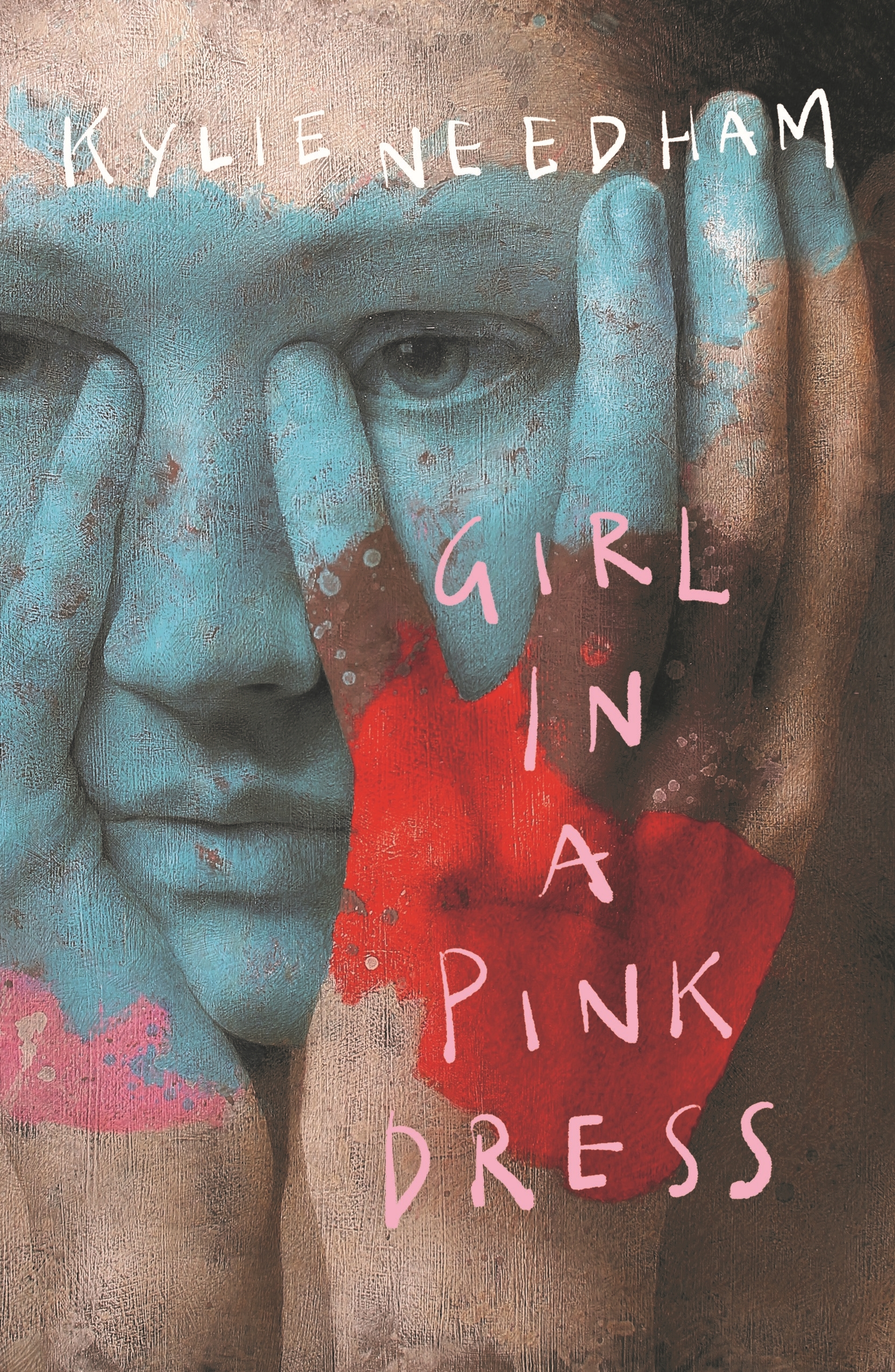


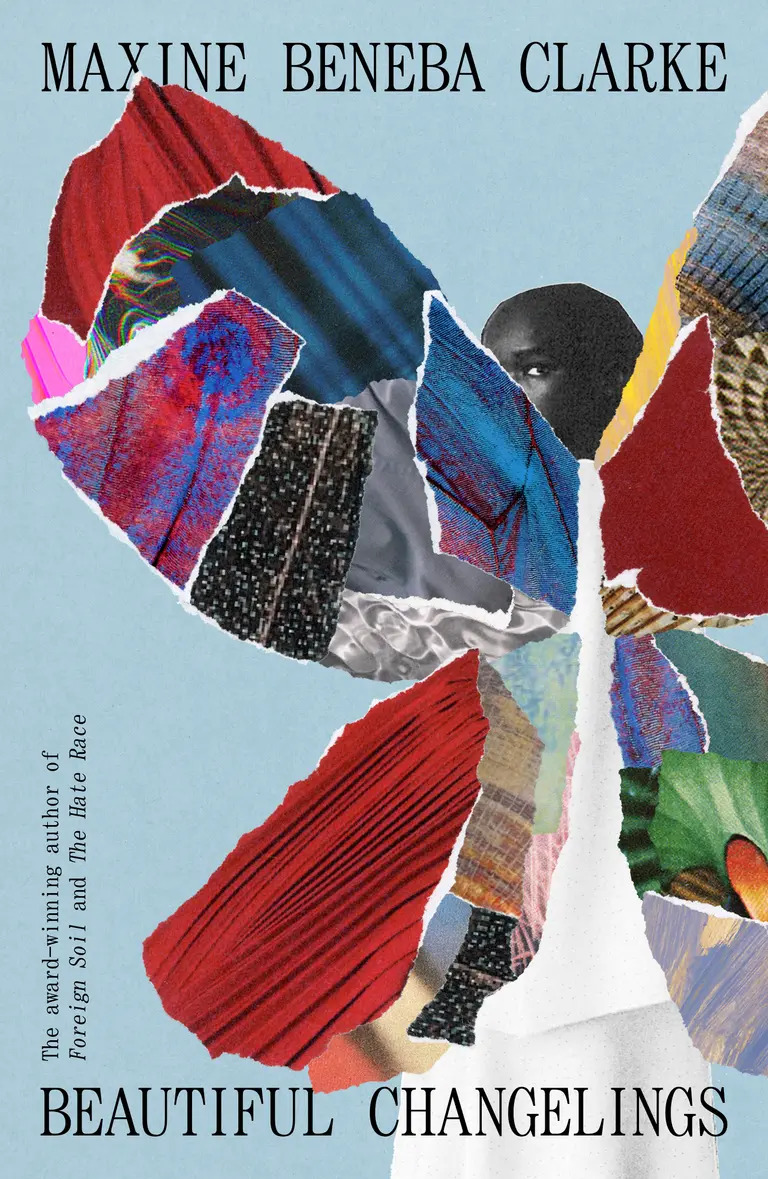
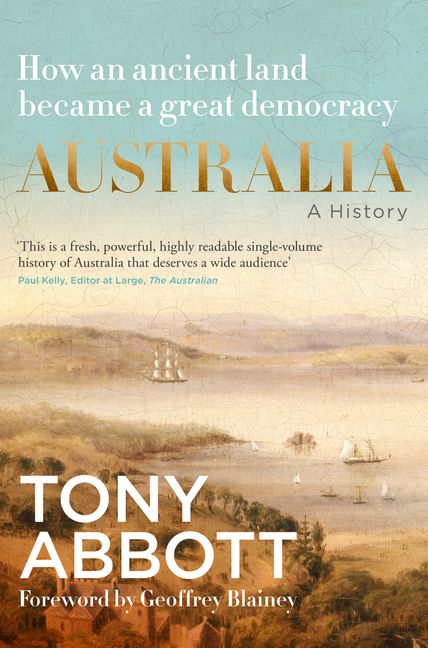
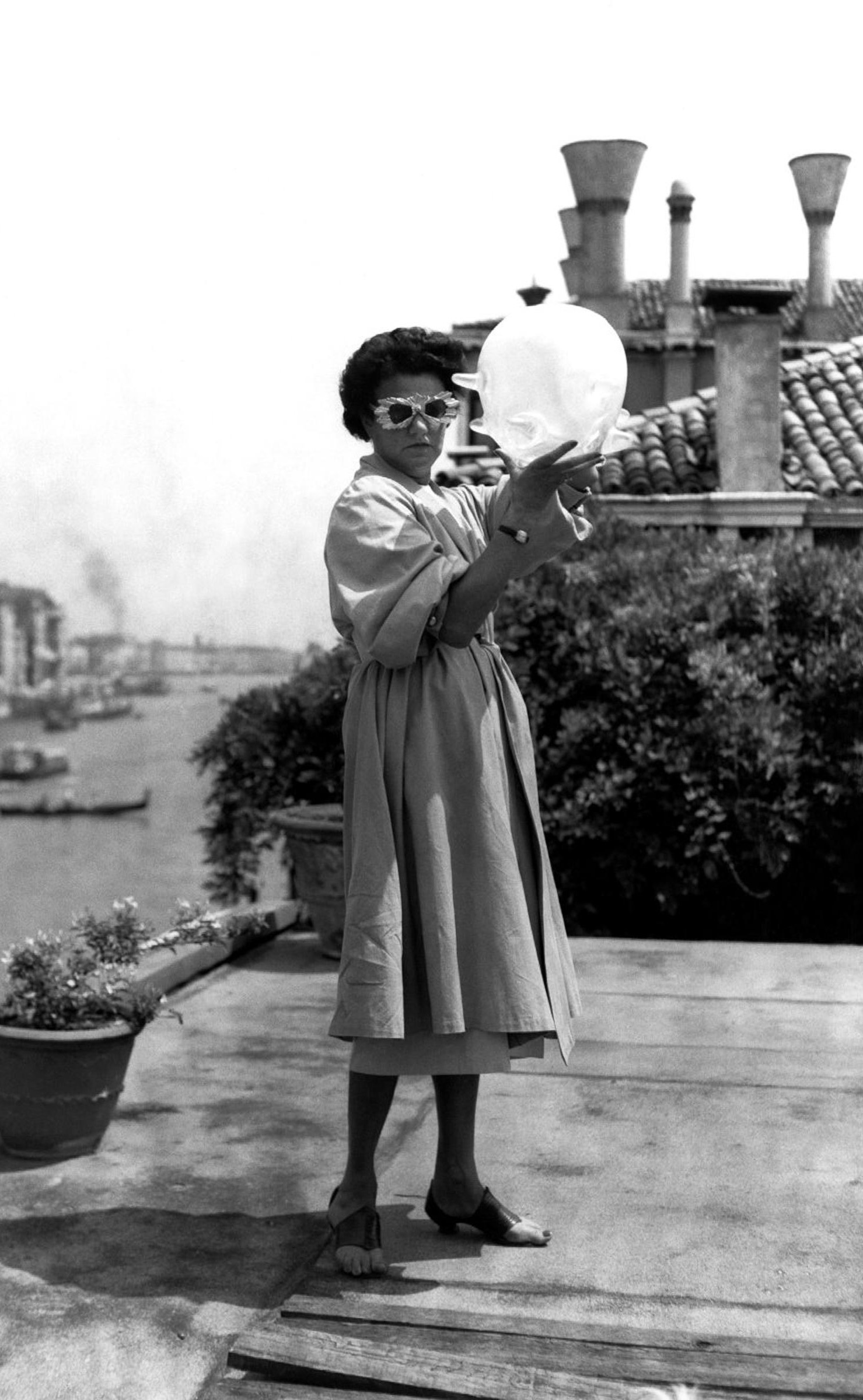
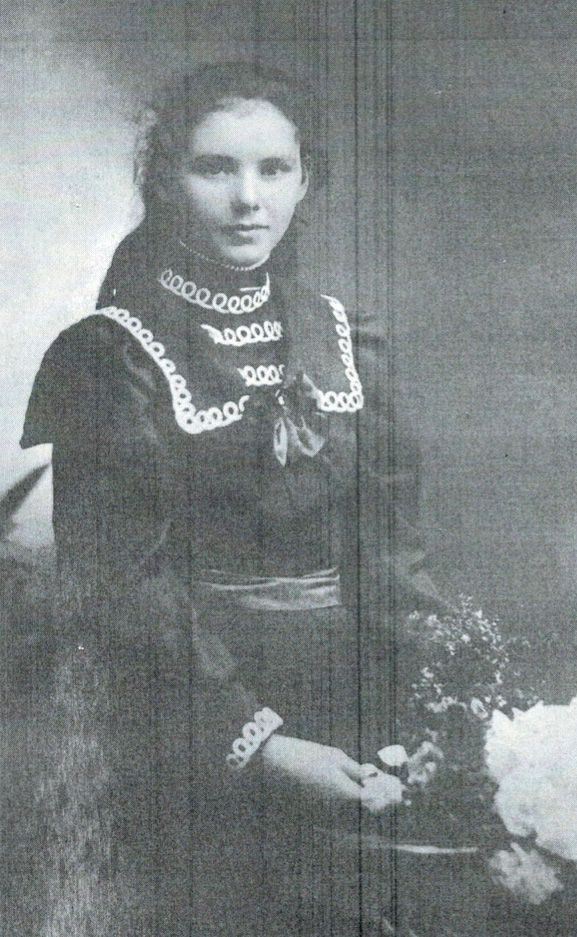




Leave a comment
If you are an ABR subscriber, you will need to sign in to post a comment.
If you have forgotten your sign in details, or if you receive an error message when trying to submit your comment, please email your comment (and the name of the article to which it relates) to ABR Comments. We will review your comment and, subject to approval, we will post it under your name.
Please note that all comments must be approved by ABR and comply with our Terms & Conditions.